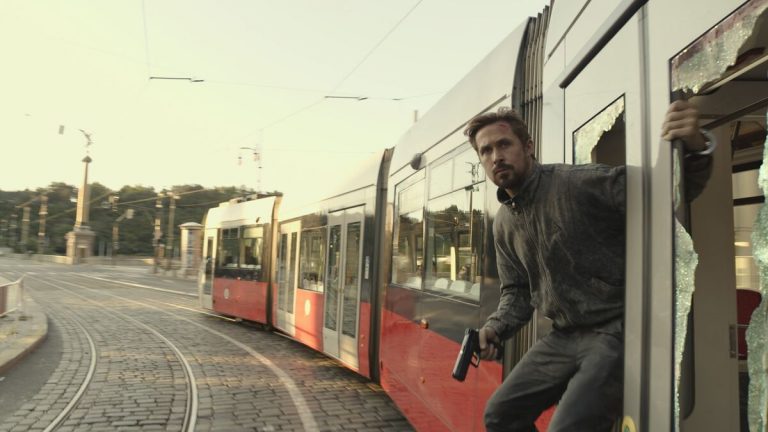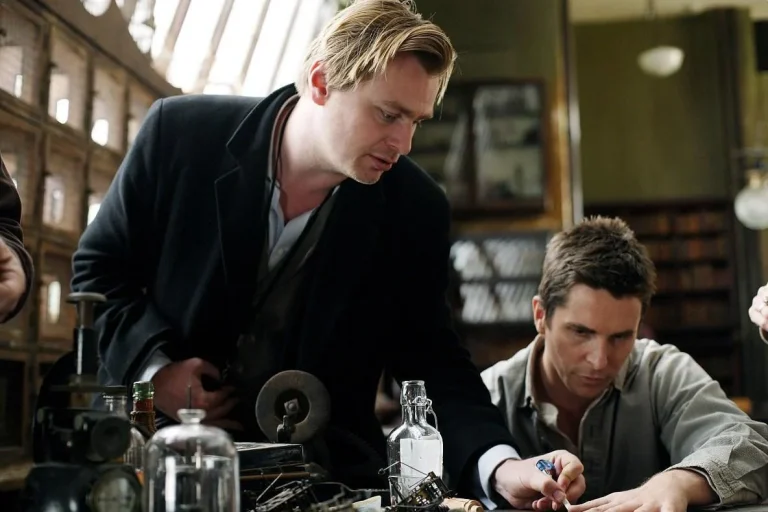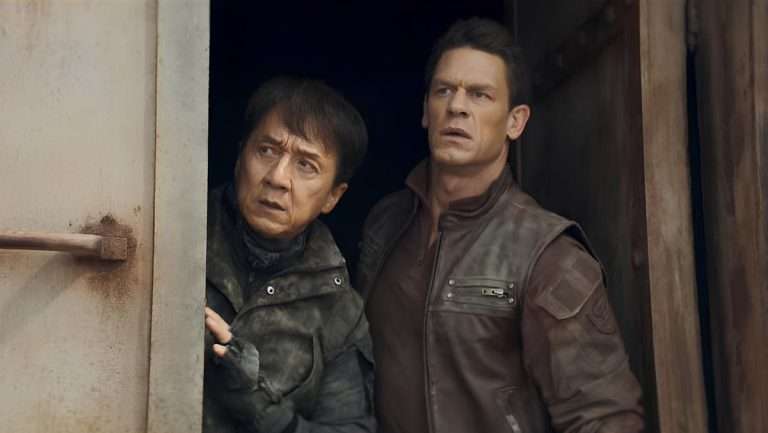Christopher Nolan is unarguably one of the 21st century’s most inspiring, groundbreaking, and innovative filmmakers in Hollywood. Since his debut with the film Following (1999), he’s been enthralling audiences with hits after hits for over two decades now. Every movie he has directed has been a success, critically or commercially and more often than not, it’s both.
Nolan has been entertaining audiences all over the world with his exceptional and cerebral story-telling skills. Most directors reuse techniques and trademarks that they are comfortable with and Nolan is also one of those directors who resorts to this filmmaking style. Being an ardent fan of his style and work, I could pick up some trends that he uses in all his films. Here are five things that Nolan likes to reuse in all his movies.
Nonlinear Storytelling
One of the most established trademarks of Christopher Nolan films is Nonlinear Storytelling. This technique tells a story by breaking up the timeline, rather than telling the story sequentially along a timeline. It is quite a popular technique among various filmmakers and has been used for a long time in filmmaking. But nevertheless, Christopher Nolan likes to use it a lot. His first feature film “Following”, about a writer that follows people for material and inspiration was based on nonlinear storytelling. However, it’s in the film Memento (2000) that he took the technique to new, mind-bending extremes. This movie, and its use of nonlinear storytelling, is arguably what established him as a visionary filmmaker.
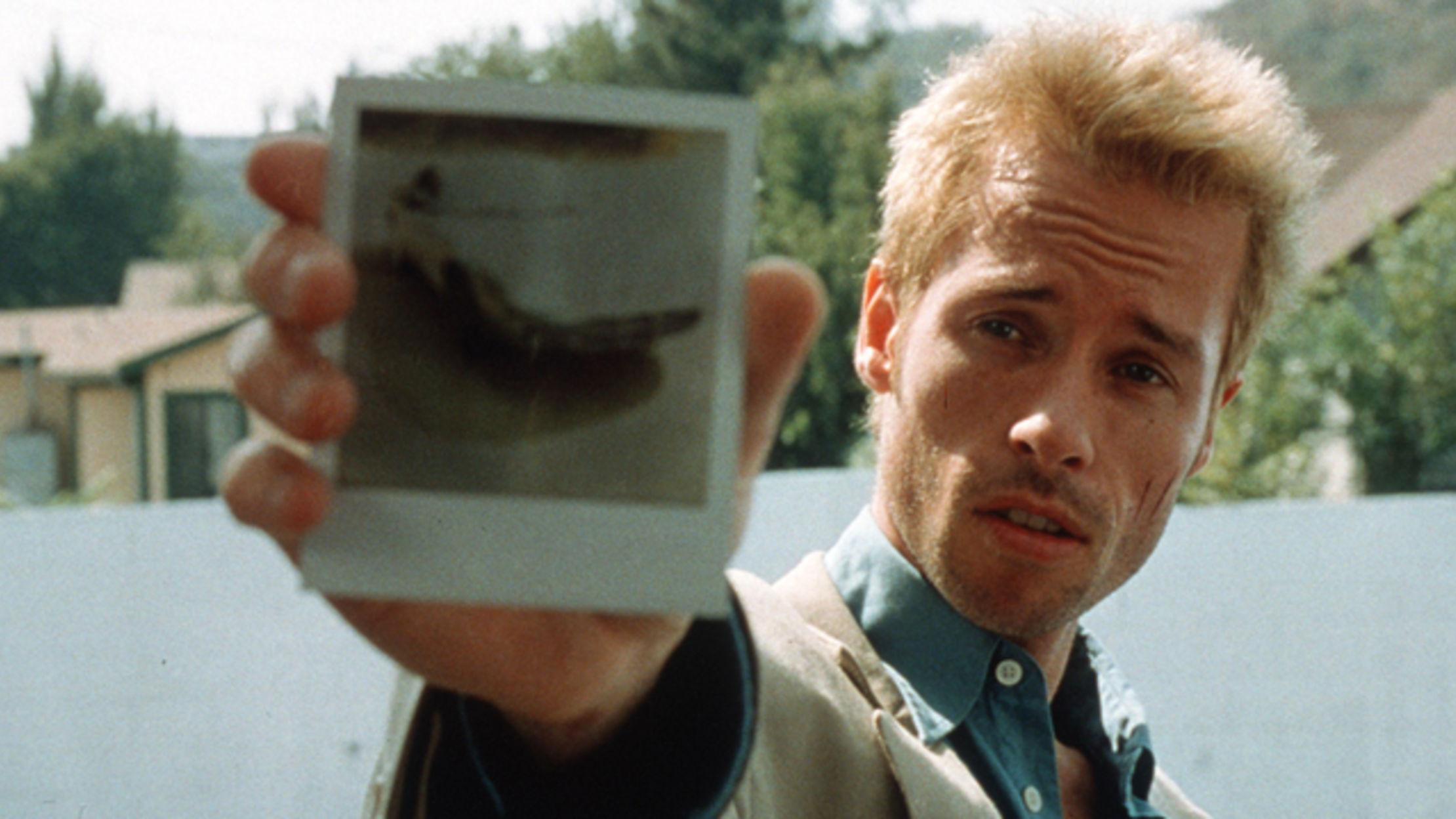
“Memento: or that backwards movie about a guy with amnesia”, was a surprise success and post receiving raves on it, Christopher Nolan leaned into the nonlinear storytelling formula more. From Batman Begins (2005) to Dunkirk (2017), Nolan has often used this style in one way, shape or form. Of all his movies carrying this common theme, Inception (2010) is hailed as the most confusing film ever made till date, passing the cerebral extremes of Memento.
While his consistent use of this technique has widely played to his strengths as a storyteller, recently some movie critics have called him out for using it too much, specifically with his war-movie, Dunkirk. One critic wrote of Dunkirk: “Nolan’s obsession with his fractured narrative structure perfectly suited his past works Memento and Inception (his best film, by some measure)… Surely the filmmaker’s insistence upon imposing his favorite device upon all his narratives is edging towards Shyamalan-like overkill”.
Related to Christopher Nolan: 10 Films to Watch If You Love Dunkirk
Michael Caine
Ever since Sir Michael Caine portrayed the role of Alfred Pennyworth in Batman Begins (2005), he has appeared in every Christopher Nolan movie. Some movie-lovers would even go on state that he’s become a lucky charm for Nolan. That’s not to say that Caine would always be cast in large roles. Oftentimes he will appear only for a short cameo scenes. For example in Dunkirk (2017), Michael Caine only came on for a sneeze-and-you’ll-miss-it cameo, where his voice is heard over Tom Hardy’s radio. For the cinephiles who noticed the repeated appearance of this two-time Oscar Best Supporting Actor winner in Nolan films, Christopher Nolan admitted that Caine had to be in the movie in some form.
Trains
This one might not be as straight forward it looks, but Trains do have a unique feature in Nolan films. Although, Christopher Nolan has not used trains in his every movie, but whenever he has used them, it was used to carry a significant part of the story.
The first time we saw Nolan use a train was in Batman Begins (2005). In the intrinsic plotline, Thomas Wayne built a train in the city as means of cheap transportation. Ra’s Al Ghul later tries to use this train against Gotham by pumping Scarecrow’s poisonous gas into the city. And in the climax, Batman allows the crashing train to kill Ra’s Al Ghul instead. In the movie The Prestige (2006), Robert Angier rode a train to Colorado Springs to visit Nikola Tesla, hopeful that the destination will solve some of his problems. He wanted Tesla to build him a machine for his next magic trick.
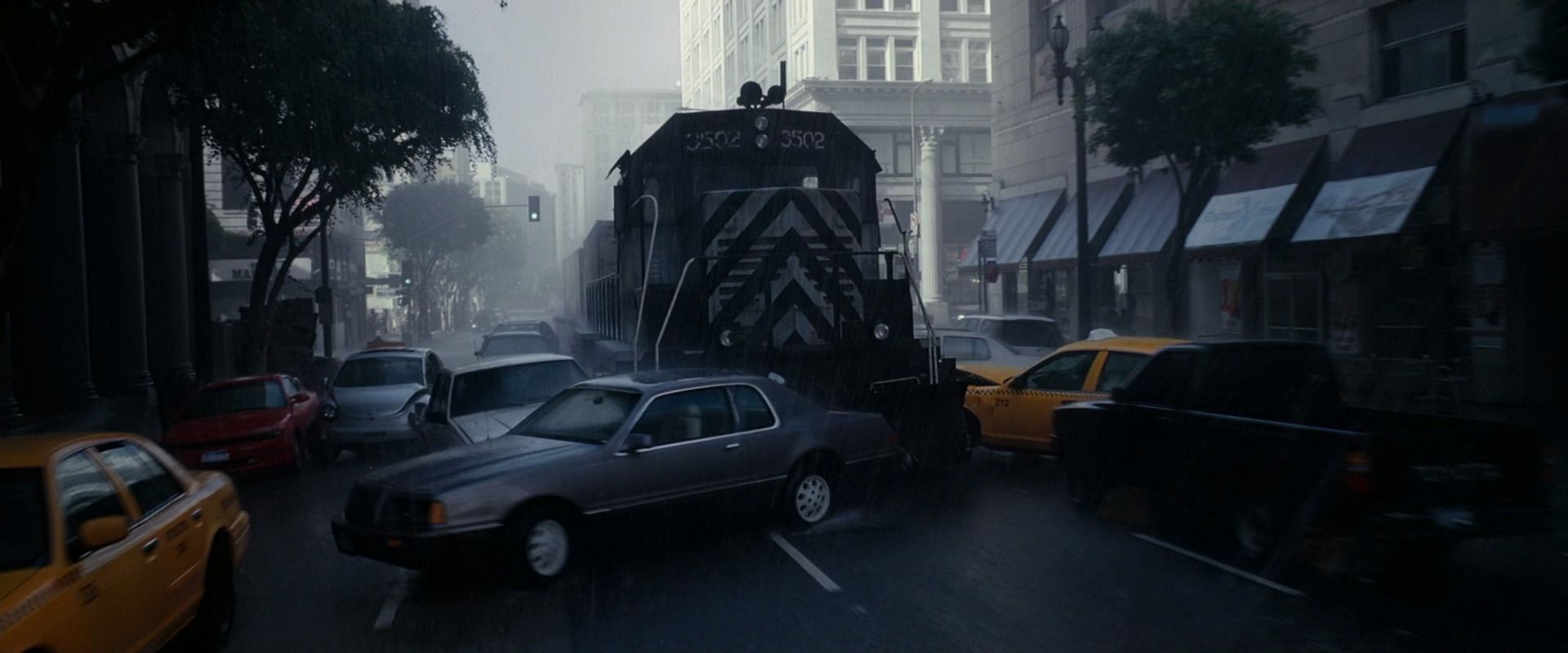
But it’s really in Inception where trains become an important motif. While Cobb and Mal are in Limbo, they lay their heads down on the train tracks while Cobb says, “You’re waiting for a train. A train that will take you far away. You know where you hope the train will take you, but you can’t know for sure. Yet it doesn’t matter. Now, tell me why?” The train kills them in the dream and brings them back to reality. But Mal can’t accept that it actually is reality and jumps out of a window. Later, while Cobb and his crew are burrowing into the recesses of Robert Fischer’s mind, the same train comes down a city road, smashing through cars. What Cob says about the train is more important than the train itself.
Related Read to Christopher Nolan : 5 Interesting Details In Christopher Nolan’s Inception (2010)
The train is a symbol of linear time, going from one point to another. Most people see this as an assurance that they know the train will take them from point A to point B, but from what Cobb says, there is no real assurance of this. Christopher Nolan uses the train to signify what we hope for in the future along a timeline. They’re a vehicle for where we want to go and what we want to do. But we don’t really know what will happen on the train ride, and that it doesn’t matter in the end anyway.
Time Relativity
Similar to reusing nonlinear storytelling as a technique, Christopher Nolan also loves exploring the concept of time, specifically in Memento, Inception, Interstellar and Dunkirk. In Memento, Leonard has no real concept of time because of his memory loss. Without the ability to make memories, he’s stuck in a loop, constantly reliving the same tragedy over and over again.
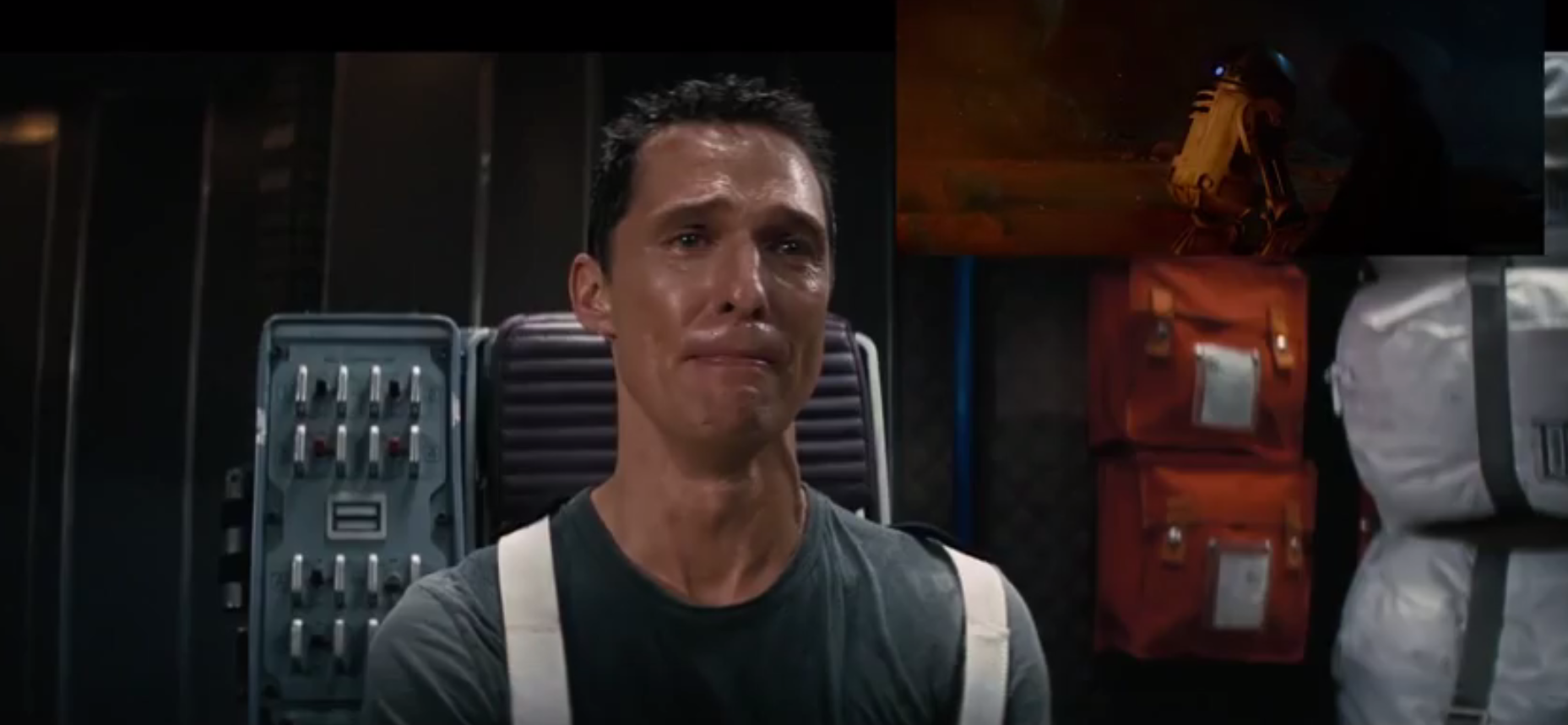
Inception is a sort of kindred spirit to this idea, except it’s not about memory this time, but dreams and reality. Like Joseph-Gordon Levitt’s character says, “Five minutes in the real world gives you an hour in the dream.” This long duration of time, however, also warps the character’s sense of reality, confusing them from what is real and what is a dream.
Interstellar plays with time relativity even more, using some real science theory to back it up. However, in contrast to Inception, for Matthew McConaughey’s character Cooper, time becomes a precious commodity. One hour on the first planet he visits equals seven years back on Earth. And he watches emotionally as his kids become adults while he stays the same.
Dunkirk is less about time dilation and more about immediate action before time runs over. Time is closing in fast on the heroes who are fighting for survival and each hero at land, sea and air is experiencing time differently than the others.
Paradox
A paradox by definition is a seemingly absurd or self-contradictory statement or proposition that when investigated or explained may prove to be well founded or true. Thus generally speaking most audiences hate paradoxes. Typically, we want things to logically make sense and to resolve in an understandable way. If something in a movie doesn’t resolve itself neatly, the usual complaint is that there’s a “plot hole.” But a paradox, by definition, can’t be resolved, and that makes a lot of people uncomfortable.
Related to Christopher Nolan: Every Christopher Nolan Movie Ranked
Inception and Interstellar are the two most obvious examples of using paradoxes. In Inception, Christopher Nolan gives the audience a blatant heads up when Arthur and Ariadne walk on the Penrose stairs, aka. the infinite staircase. He’s practically letting everyone know beforehand that the ending of this movie is not going to be straight-forward cliched climax and will mess with your head for days.
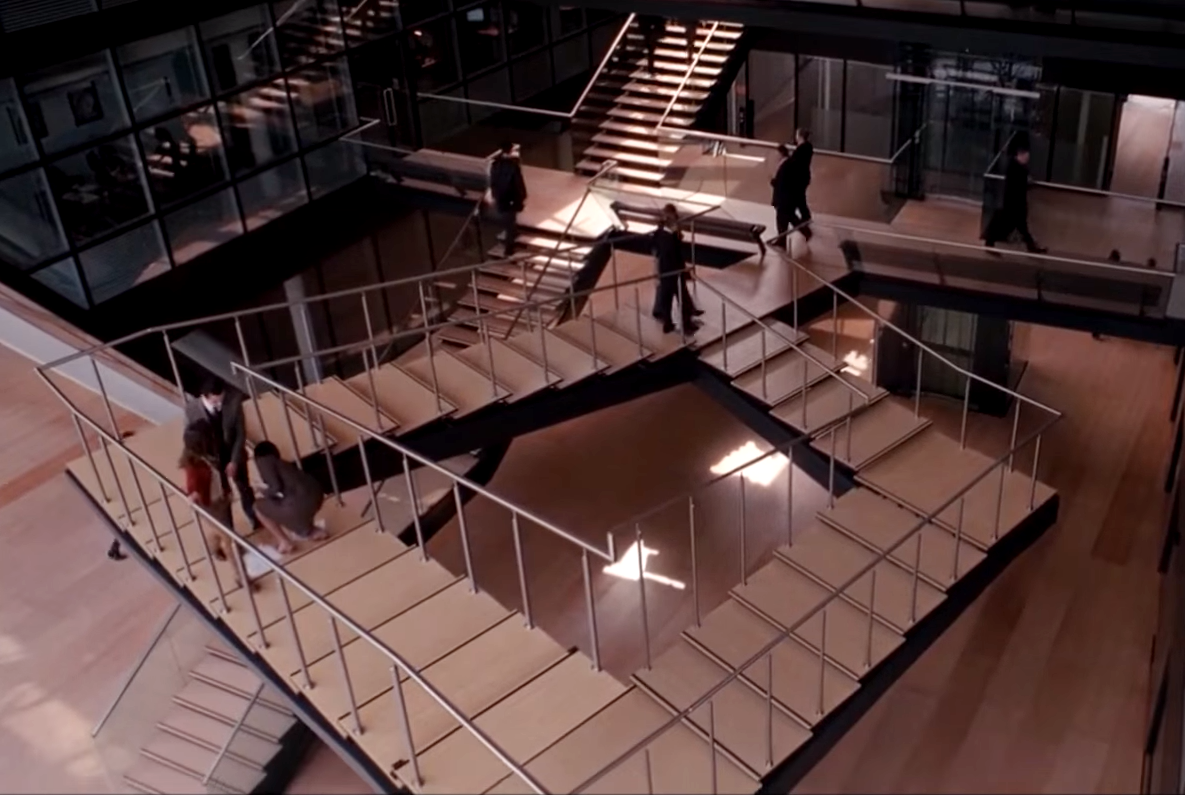
But it’s Interstellar where the time loop paradox comes in hot and heavy. If you’ll recall, the messages Cooper tries to give his daughter, Murph, are coming from the bookshelves. Murph uses this information from the future to save the world and eventually reunite with her father out in space. It’s a prime example of the causal loop paradox.
Christopher Nolan reusing all of this isn’t necessarily a bad thing. Most directors reuse the stuff that made them successful. Sometimes these tried-and-true techniques should be reused. But the danger of reusing old techniques so much is that it may become a faint echo rather than a powerful noise. As a fan of Christopher Nolan, I’d rather his movies be a gleaming inspiration rather than a cue to eye roll.
Of course this isn’t the full list. What other things Christopher Nolan uses in his movies that I have missed. Let us know in the comments!
Source Credit: IMDb, Wikipedia

